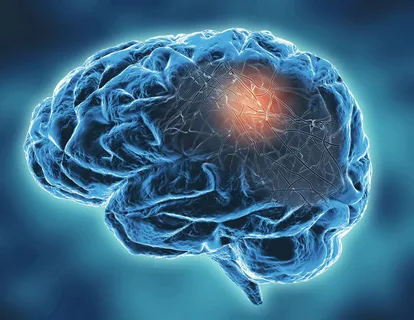Neural stimulation, a therapeutic approach to treating various nervous system disorders, involves applying energy to neurons to promote growth and connection. Neural stimulation techniques are commonly used in treating epilepsy, Parkinson’s disease, chronic pain, and certain psychiatric illnesses. However, existing devices lack the required precision for specific applications, such as cochlear implants and vagus nerve stimulators.
Researchers at the University of Minnesota, led by Renata Saha, have made strides in addressing this challenge by employing an array of microscopic magnetic coils, or microcoils, to create targeted magnetic fields for stimulating individual neurons.
Neural stimulation devices currently available include those that have received FDA approval for patient trials and those undergoing approval. However, these devices share a common limitation: they stimulate a large population of neurons, including those that should not be stimulated. The medical device industry seeks a device or technique capable of stimulating neurons at a single-cell resolution.
Instead of relying on electrodes, Saha and her team turned to magnetic coils of wire. Michael Faraday’s discovery over two centuries ago that an electric current passing through a coil generates a magnetic field provided the foundation for this approach. The magnetic field, in turn, can induce an electric field in nearby neurons, producing the same effect as an electrode but with greater precision.
However, this technique comes with a significant drawback: the microcoils require a substantial amount of current to generate the necessary electric field for neuronal stimulation, almost three times the current required by electrodes.
To address this challenge, the team implemented two improvements. First, they utilized an array of eight microcoils, which, when combined, can induce electric fields using significantly less current per coil. Second, they employed soft magnetic materials within the microcoils, enhancing their magnetic strength and reducing the need for increased current.
By incorporating these soft magnetic materials at the core of the microcoils, the researchers were able to increase the electric field without increasing the current passing through the microcoils.
The team constructed a prototype of their coil array, named MagPatch, and encapsulated it within a biocompatible coating. They then tested its efficacy using human neuroblastoma cells, demonstrating that the magnetic fields affected the cells without harm from the coating. This finding suggests the potential for clinical applications.
The researchers plan to continue developing and testing the MagPatch device to ensure its safety and utility. They hope that this innovation will contribute to the next generation of cochlear implants and other targeted neuronal therapies for neurodegenerative disorders.
*Note:
1. Source: Coherent Market Insights, Public sources, Desk research
2. We have leveraged AI tools to mine information and compile it




